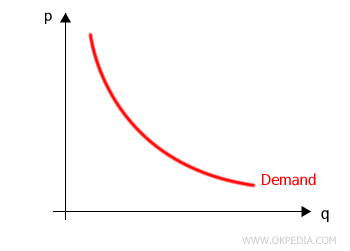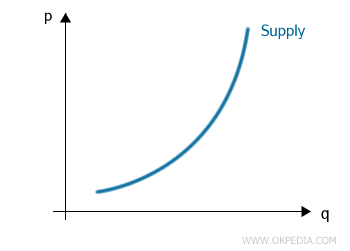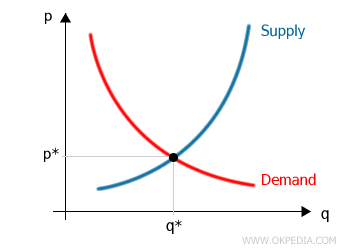Law of Supply and Demand
The law of supply and demand is a cornerstone of economics. It describes the relationship between the quantity of an economic good that consumers want and the quantity producers are willing to supply, based on price fluctuations. This principle explains how the price of a good or service shifts in response to changes in consumer demand and producer supply. It outlines two key relationships:
- The Law of Demand: The quantity of a good demanded decreases as its price increases and rises when the price falls. The higher the price (p) of a good, the lower the quantity (q) demanded, and vice versa.

For example, if the price of an electronic device like a smartphone drops, more consumers are likely to buy it, whereas a price increase may reduce the number of buyers.
- The Law of Supply: The quantity of a good supplied increases as its price rises, as higher prices incentivize producers to produce more. The higher the price (p) of a good, the greater the quantity (q) supplied, and vice versa.

For instance, if the price of wheat goes up, farmers are motivated to grow and sell more wheat to maximize their profits.
When the quantity demanded by consumers matches the quantity supplied by producers, the market reaches equilibrium. At this point, the price is known as the equilibrium price (or market price). This is the price (p*) at which the quantity (q*) consumers wish to purchase is exactly equal to the amount producers are willing to sell.

For example, in the housing market, the equilibrium price might be the point where the number of homes for sale matches the number of buyers looking to purchase.
Economic equilibrium is dynamic because it can be influenced by a variety of factors, such as changes in consumer preferences, technological advances that lower production costs, or unexpected events like economic downturns. For example, if new technology reduces production costs, supply may increase, driving the equilibrium price down and making the product more accessible. In this way, the law of supply and demand underpins market behavior, guiding interactions between consumers and producers through pricing, and continuously evolving over time.
